Frederica Freyberg:
I’m Frederica Freyberg. Tonight on “Here and Now,” a first look at the latest Republican healthcare bill and what it means for Wisconsin. After that, a look ahead at the U.S. Supreme Court’s decision to hear a Wisconsin case that could redraw political boundaries. Then a breakdown of just where the state is spending your tax dollars. And with our partners at WisContext defining the meaning of rural in Wisconsin. It’s “Here and Now” for Friday, June 23rd.
Announcer:
Funding for “Here and Now” is provided in part by Friends of Wisconsin Public Television.
Frederica Freyberg:
Our first look this week centers on healthcare. After months of speculation and controversy U.S. Senate Republicans unveiled their healthcare bill on Thursday. The goal, to bring down insurance costs by repealing and replacing major portions of the Affordable Care Act. The proposed Senate Republican health plan would repeal Obamacare taxes, roll back and eventually eliminate expanded Medicaid. Base tax credits to help pay for insurance on income and age. It eliminates the individual and employer mandate to have insurance. And cuts funding for Planned Parenthood for one year. Four Republican Senators say they are not ready to vote for the healthcare bill including Senator Ron Johnson of Wisconsin. In a joint statement, the four senators said the measure fails to quote, repeal Obamacare and lower healthcare costs. And Wisconsin’s Democratic Senator, Tammy Baldwin, also opposes the plan saying, quote, it will make families pay more for less care and increase the number of people who are uninsured. GOP leaders hope to vote on the bill next week and can afford only two no votes. Just this week, Health Tradition Health Plan, which serves 14 Wisconsin counties and Anthem Blue Cross-Blue Shield announced the volatile marketplace is forcing them to pull out of the federal healthcare exchange. The Anthem move impacts 14,000 Wisconsin families. Donna Friedsam is an expert on the implementation of federal healthcare reform along with financing coverage and access. Thanks for being here.
Donna Friedsam:
Pleased to be here.
Frederica Freyberg:
We wanted to ask you right out of the shoots as you might expect who are the winners and losers in this Senate Republican bill?
Donna Friedsam:
There has been a lot written about the reduction in the tax credits for lower income people and the tax cuts for the funding of the bill. So there will be some degree of redistribution of funding. And people with higher incomes will have some benefit. And lower income people will have some reduction and support through this bill. I think several analysts have said that. Generally, I don’t like to think of it about individual winners and losers but rather look at it in a way of how is it going to benefit our state and the goals that all of us share? The goals that I think most people share are how is it going to affect the price of health insurance broadly, the way we get health insurance. How it’s going to affect our health and our economy. And by those measures we can judge this bill and consider whether we think it’s going to be beneficial for us.
Frederica Freyberg:
What do you think?
Donna Friedsam:
So at this point what it looks like is that the price — the premiums for health insurance will likely rise for many people. But for some small group of the population they might see lower premiums and that includes younger, healthier people. While they might see lower premiums, they will probably see higher deductibles. And that is because the value of the insurance, the amount of benefits the insurance covers will be lower. But the premiums will likely go down for younger, healthier people. And hopefully that would bring more younger, healthier people into the market. The theory being that if younger, healthier people come into the market that could bring down underlying premiums for everybody.
Frederica Freyberg:
That’s been the theory. That was the theory in the Affordable Care Act, hence some of those mandates to have insurance. But those are gone now. You think that simply lower cost for premiums will inject the market with those healthy people?
Donna Friedsam:
Well, a lot of people are — have been writing in the last — we’ve had 24 hours or 36 hours now to think about this bill and one of the concerns is that it eliminates the mandate for coverage. But it does not replace it with any other kind of particular incentive to make sure that people who are not sick or older get that coverage. The only thing there is an expectation that they will be enticed by lower premiums. If there is not any particular definite incentive, there is a very strong concern that young, healthy people will look at it and say why should I buy insurance?
Frederica Freyberg:
Why do premiums go up for other than young and healthy?
Donna Friedsam:
Why do they go up? Because their coverage–they need more services and they need to access more services so they need more benefits covered and that costs the insurance company more.
Frederica Freyberg:
Let's talk about Medicaid. That’s another really big item. The expansion is more slowly phased out than in the House bill under this Senate bill. But then my understanding is those Medicaid funding is cut deeper in the Senate bill. Senator Ron Johnson, though, says that this is not, in fact, a cut to Medicaid. It is just putting the brakes on growth. What are the implications for Medicaid in Wisconsin?
Donna Friedsam:
I would say from my perspective that this bill that we have from the Senate is more of a repeal and replace of Medicaid than it is of Obamacare, frankly. It radically changes the way Medicaid has been operating for its 50 years as a safety net in this country. It does significantly reduce the available federal funding by 25% or possibly more in the out years. And it brings the responsibility to states to handle whatever reductions in federal funding that we’ll be facing in Wisconsin and in all the states in the out years. And the amount of federal participation will decline more in the out years than the immediate years but it will continue to be increasing pressure on states to reduce or to handle reductions in federal support.
Frederica Freyberg:
I know the CBO has not scored this yet but do experts like yourself have a handle as to how many people might lose health coverage under this kind of Senate Republican bill?
Donna Friedsam:
We have to wait until the CBO weighs in. That should be early next week. We have the CBO score from the House bill. We had additional estimates that came out more recently from the CMS Actuary. The CMS Actuary estimates were actually a little bit lower in terms of loss of coverage. They estimated about 10 million people losing coverage — additional people losing coverage as opposed to 23 million people. But nonetheless I think we are going to see potentially similar losses in coverage. If not that, what I think many people will expect would be an increase in what we would consider to be lower insurance. So people having much lighter coverage.
Frederica Freyberg:
We have just about a minute left and with that I want to ask you about pre-existing conditions. How are those treated under this Senate bill?
Donna Friedsam:
The Senate bill, unlike the House bill, the House bill said states could waive pre-existing protections. The Senate bill says states cannot waive pre-existing conditions. However it allows states to waive the provision for essential health benefits. So basically it says that insurance companies will have to continue to cover people with these high-cost conditions but insurance companies might not have to provide the benefits that the people need in their insurance.
Frederica Freyberg:
Really quickly. Knowing what you know, how do you think Wisconsin might act with any ability like that to get a waiver?
Donna Friedsam:
I think that it’s going to be difficult on the state level to have our state legislature decide to waive the kind of benefits that people have become accustomed to relying upon for their healthcare.
Frederica Freyberg:
All right. Donna Friedsam. Thank you very much.
Donna Friedsam:
Thank you.
Frederica Freyberg:
In this week’s look ahead the United States Supreme Court will rule on a Wisconsin case that could have major ramifications across the national political spectrum. The case is Gill versus Whitford and centers on a dispute over whether Wisconsin's Republican-drawn legislative boundaries are indeed gerrymandering. Challengers say these district maps unconstitutionally benefit Republicans. The lower courts have already ruled these maps unconstitutional. Election law experts say the Wisconsin case is the best chance yet for the high court to put limits on what lawmakers may do to gain a partisan advantage in creating political district maps. Wisconsin Assembly Minority Leader Peter Barca of Kenosha said quote, now that the Supreme Court has decided to hear the case there could be a precedent set to end extreme partisan gerrymandering. Voters should be able to choose their representatives, not the other way around. Wisconsin Attorney General Brad Schimel is charged with defending the Republican-drawn districts and said, quote, I'm thrilled the Supreme Court has granted our request to review the restricting decision. Our redistricting process was entirely lawful and constitutional and the district court should be reversed. So in tonight’s closer look, the Supreme Court's ultimate ruling could shift how legislative and congressional lines are drawn in every state. As a result, who controls state houses and Congress? Wisconsin Public Radio Capitol Bureau Chief Shawn Johnson has been tracking this case through the lower courts for months. Shawn joins us with his perspective and insight. Thanks for being here.
Shawn Johnson:
Hi Fred.
Frederica Freyberg:
How big of a deal in your estimation and in others is this that this case went to the U.S. Supreme Court?
Shawn Johnson:
It's big in Wisconsin because it’s our map. It would change the way that we divide up legislative districts. Potentially change who gets elected in the Wisconsin legislature but it’s much bigger than that. Because it’s a big national deal. It’s saying this redistricting process, which everyone knows has a partisan element to it. It’s saying there is a point at which somebody can get too partisan. And Democrats who brought this case are saying that’s what happened in Wisconsin. And they want the Supreme Court to use this case and what happened here as a template for saying no. That is rejecting other, what they view as partisan gerrymanders around the country.
Frederica Freyberg:
Why did the high court decide to take Wisconsin's case in particular?
Shawn Johnson:
I think bottom line, the three-judge federal panel that struck down Wisconsin's map on a 2-1 decision is what made this case ripe for that appeal. That panel upset the status quo. It changed the status quo. It sided with this partisan gerrymandering case. And said yes, you can strike down a map for being too partisan for discriminating against Democratic voters. In this case because of their political beliefs, making it harder for them to translate votes to legislative seats. Once that court made that ruling it made it very likely the Supreme Court was going to want to get involved.
Frederica Freyberg:
The argument on the part of the challengers to the maps is Republicans drew the lines knowing full well that Democratic votes would be quote wasted. Is this a novel challenge?
Shawn Johnson:
It's a novel way of measuring an old phenomenon. What plaintiffs have done in this case is they have come up with the new metric they call the efficiency gap. It is a way of measuring what has gone on forever in redistricting. The party in charge of drawing the maps, as Republicans were after the 2010 election when they had the legislature and governor’s office. They are able to crack and pack voters from the other side. So pack a bunch of Democratic voters into districts that they’re going to win anyways. So that they’re quote wasting votes. Overvoting in those districts. And then you crack them, spread them out in other districts where they come up just short and end up wasting those votes, too. They put a new metric on that that can measure one state’s maps against another. And by that metric, the efficiency gap, Wisconsin has one of the biggest partisan gerrymanders over the last 40 years.
Frederica Freyberg:
Meanwhile the court stayed or declined the lower court's ruling that Republicans in Wisconsin had to draw up new maps by the 2018 elections. And GOP leaders like Attorney General Schimel have been saying that this is a victory right out of the gate. What do you know about what experts are saying as to whether or not that stay has anything to do with their thinking on the case itself?
Shawn Johnson:
You know it’s definitely positive for Republicans because at least the experts that we’ve talked to say that makes it more likely, no matter what happens in this case, even if the court were to agree and say yes, this was an unconstitutional gerrymander. It makes it more likely that this map will be in place for the 2018 election. So it’s a win for Republicans. As to whether or not it gives you some inclination of where justices are going to rule, possibly. Because one reason they would issue a stay is they think that Republicans are going to eventually prevail. But they could be issuing that stay because they don’t want to upset the status quo while they’re hearing this case. That is they don’t know where they’re going with it.
Frederica Freyberg:
All right. Shawn Johnson. Thanks.
Shawn Johnson:
You’re welcome.
Frederica Freyberg:
It's expected the Supreme Court will hear oral arguments late this year or early next year. A decision in the Wisconsin redistricting case is expected by June 2018. The person in charge of Wisconsin elections testified this week before the U.S. Senate Intelligence Committee investigating Russia's influence on the 2016 elections. Michael Haas testified Wednesday about potential threats to upcoming elections and lessons learned from 2016.
Michael Haas:
There was no evidence that voting machines or election results have been altered in U.S. elections. I appreciate the committee’s emphasis on that. I think that for the public that cannot be stated enough. And strongly enough. Still, we as election administrators must exercise vigilance to assure that such theoretical attacks do not become reality. We must also continue to educate the public about safeguards in the system.
Frederica Freyberg:
Haas said he was not aware of any attempts to hack Wisconsin's election system but at the same time admitted he has not talked to U.S. intelligence about whether Wisconsin was one of the 21 states that experienced hacking attempts. Slower than hoped for progress on key Republican initiatives like healthcare and tax reform might prompt Congress to cancel its August recess. House Speaker Paul Ryan told the 2017 manufacturing summit this week that tax reform would be completed this year. Ryan talked about cutting corporate and personal taxes, simplifying the tax code and eliminating the death tax.
Paul Ryan:
We will clear out special interest carve outs and expensive deductions and focus on keeping those that make the most sense. Homeownership, charitable giving, retirement savings. We will consolidate the existing seven brackets into three. Double the standard deduction and simplify things to the point that you can do your own taxes on the form the size of a postcard. This instead of the 1040 form. Wouldn’t that be nice?
Frederica Freyberg:
Of course, how much income tax you pay determines how much the state of Wisconsin can spend. But just how is your tax money being spent? “Here and Now” reporter Zac Schultz broke down the numbers with the help of our graphics team.
Zac Schultz:
Every April 2 1/2 million tax returns are filed with the state’s Department of Revenue. That includes more than a million single filers to married couples all the way up to nearly 43,000 families with six or more people. We want to look at how much the median income taxpayer earns in a year. Now, median is not the average. If you put all the incomes in a row, lowest to highest, median is the one in the middle. Truly the middle class. In 2016, the median Wisconsin taxpayer earned $38,284 a year. And paid $1,104 in state income taxes. In fiscal year 2016 the state of Wisconsin spent $44 billion. But that includes federal money and borrowing and money that came from fees. If you want to look at how your income tax dollars were spent you need to look at something called general purpose revenue or GPR. In 2016, GPR was $15 billion. That came from things like the sales tax, taxes on your phone and electric bill, taxes on beer and cigarettes and the state income tax. The income tax in 2016 was $7.7 billion or 51% of GPR. Remember our taxpayer earning $38,000? They paid $1,104 of that $7.7 billion in state income tax. So where did their money go? The biggest chunk, $376, went to public schools. $195 went to Medicaid. The biggest part of that pays for Badgercare, the health insurance program for low income families and children. $183 was used to fund state government. Of that, $84 went to pay for the Department of Corrections and the prison system. $72 went to the UW system. $37 to the technical college system. And $64 went to property tax credits to help lower their property tax bill. Another $60 went to shared revenue to help fund city and county government. General Purpose Revenue also helps keep Wisconsin Public Broadcasting on the air. For the median taxpayer it’s 1 cent a year. Thank you for your support. Speaking of cents, only 8 cents went to transportation. The Department of Transportation spends nearly $3 1/2 billion a year. But most of that comes from the gas tax and registration fees which is not part of GPR and the rest is from the federal government and borrowing. Adding up what we’ve told you so far, that’s almost 90% of what General Purposes Revenue pays for. But as you can see, just a few dollars from the median taxpayer can fund a lot of programs.
Frederica Freyberg:
That was Zac Schultz reporting. Taxes and the role of government are issues that put rural Americans at the center of the national conversation. The state legislature is talking about increasing funding for rural schools and increasing internet access. It was also the rural vote that is credited with propelling Donald Trump into the White House. In our ongoing partnership with WisContext this week we look at the influence of rural communities. Specifically how do you define rural here in Wisconsin. This week Malia Jones, an assistant scientist in the Applied Population Laboratory at the University of Wisconsin-Madison joins us. Thanks for being here.
Malia Jones:
Thanks for having me.
Frederica Freyberg:
Why did you set out to define rural?
Malia Jones:
Well, as you said it’s been the topic of national conversation. What’s happening in rural America and rural issues. And coming largely from an urban background I started to get curious about what we really meant by rural places. So I started looking at different ways to put rural Wisconsin on a map. And we came up with quite a few, actually, ways to define it.
Frederica Freyberg:
Well, what would you give us as the definition of rural?
Malia Jones:
So there are a number of different definitions that are out there. I think the one that many urban places think of is closely aligned with the census definition of urbanized places. It’s basically any place that has a developed land area is considered urban and then everything else is rural. But that includes a lot of the suburbs and even smaller cities that are really not truly rural places like others might think of them.
Frederica Freyberg:
Let's take a look at one of your maps. It is kind of showing this non-urban and urban. And describe for me what this map shows.
Malia Jones:
This is the map that comes from the Federal Office of Management and Budget definition of metropolitan and micropolitan areas. And this definition uses counties so they are whole counties. And they are either classified as metropolitan or micropolitan. Those are two city-size designations. And the — every county that doesn’t have a metro or microcenter is considered rural.
Frederica Freyberg:
I can’t count them up right here but how many counties are designated as rural in Wisconsin and maybe what percentage of the state?
Malia Jones:
So in Wisconsin it’s 32 counties are considered rural by this definition. And it is something like half of all the counties and around half of the landmass. But considerably fewer people, of course, because rural places are much less densely settled.
Frederica Freyberg:
That's a lot of rural space.
Malia Jones:
It is.
Frederica Freyberg:
What are the significant demographics of rural people?
Malia Jones:
So in Wisconsin, we see really strong patterns around age. And rural places tend to be older and also considerably less race and ethnically diverse than our urban places. And then in addition, of course, there are big differences in terms of economy as anyone who has ever been to a rural place would know. There are specific land uses like agriculture and forestry, mining and manufacturing that are really centered in our rural places.
Frederica Freyberg:
You take a look at something else and we have a map of that. It is the rural versus remote or frontier, which is really interesting to me. What is remote and frontier?
Malia Jones:
So this is another definition that was developed by the U.S. Department of Agriculture. And it is meant to identify places where residents would have a hard time accessing basic services and specialty services like auto repair, groceries, emergency health services, specialty health services. And so the definition is based on how far residents have to drive to get to some kind of town center or urban center where they could access those needed services. It is really about people who have poor transportation or low resources and are living in these remote areas and the kinds of resources they can get to.
Frederica Freyberg:
You have a really delightful map as well that has to do with the cow to person ratio. Is this a scientific measure or just one for Wisconsin?
Malia Jones:
When we were making all these maps we heard a number of people tell us that their county was rural based on the fact there were more cows than people. I actually went and got the data for the number of cows per county. And we came up with this map of the parts of Wisconsin where there are more cows than people which it turns out is a considerable part of the state as we might have guessed.
Frederica Freyberg:
How does Wisconsin compare to other states when it comes to percentage of parts of the state that are rural?
Malia Jones:
Wisconsin has a relatively large proportion of our population that is living in rural places. And also relatively large amount of land area. We’re also, I think, uniquely dependent — not uniquely but more dependent on rural economy than some other places. We don’t have the kind of major urban center that dominates the state the way some other nearby states do like Illinois and Minnesota. So it’s — we do have a big rural population and it is an important part of our state.
Frederica Freyberg:
Thanks for defining it in so many different ways. Malia Jones, thanks.
Malia Jones:
Thank you.
Frederica Freyberg:
In our Wisconsin Look this week an update from the state capitol. A bill proposed by Republicans regarding campus free speech passed the Assembly this week. The bill disciplines college students who disrupt campus speakers by suspending them after two violations and expelling them after a third. State Republicans say the bill will protect both liberal and conservative free speech. Democrats disagree, however, calling the bill unconstitutional and a violation of the first amendment. And finally tonight a look ahead to next week and a new Marquette University Law School poll as Charles Franklin gets reaction to the new Republican health plan. Plus the positive message from a Madison barber to the inmates at Lincoln Hills Correctional Facility even as a federal judge this week rules use of pepper spray and solitary confinement at the prison is likely unconstitutional and must be changed. Until then I'm Frederica Freyberg. Have a great weekend.
Announcer:
Funding for “Here and Now” is provided in part by Friends of Wisconsin Public Television.
Search Episodes

Donate to sign up. Activate and sign in to Passport. It's that easy to help PBS Wisconsin serve your community through media that educates, inspires, and entertains.
Make your membership gift today
Only for new users: Activate Passport using your code or email address
Already a member?
Look up my account
Need some help? Go to FAQ or visit PBS Passport Help
Need help accessing PBS Wisconsin anywhere?

Online Access | Platform & Device Access | Cable or Satellite Access | Over-The-Air Access
Visit Access Guide
Need help accessing PBS Wisconsin anywhere?

Visit Our
Live TV Access Guide
Online AccessPlatform & Device Access
Cable or Satellite Access
Over-The-Air Access
Visit Access Guide
 Passport
Passport


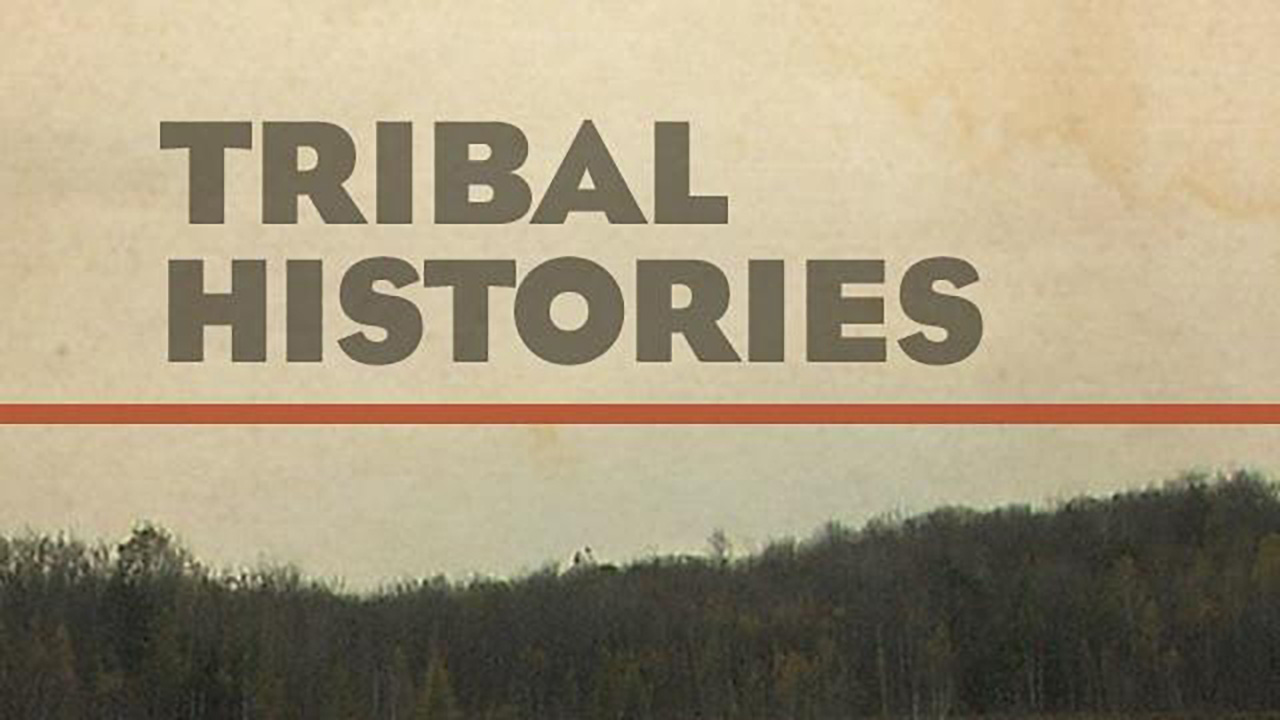
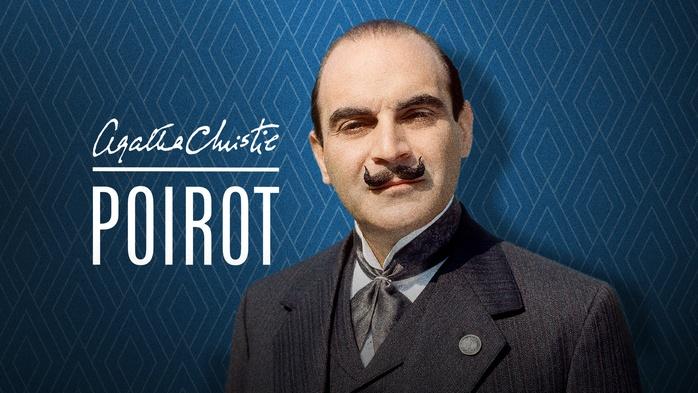


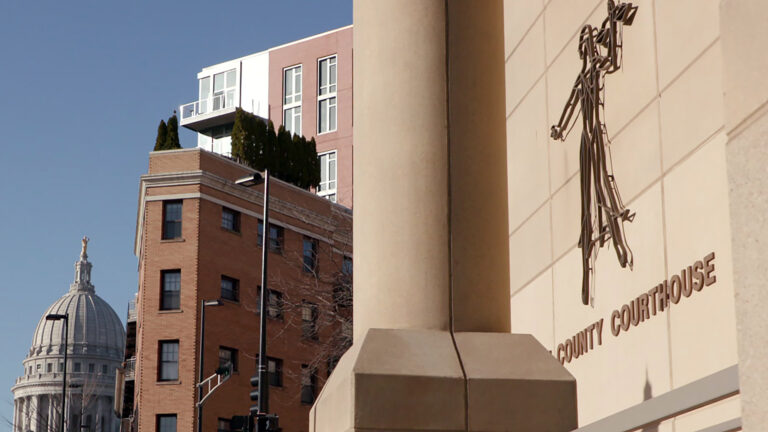


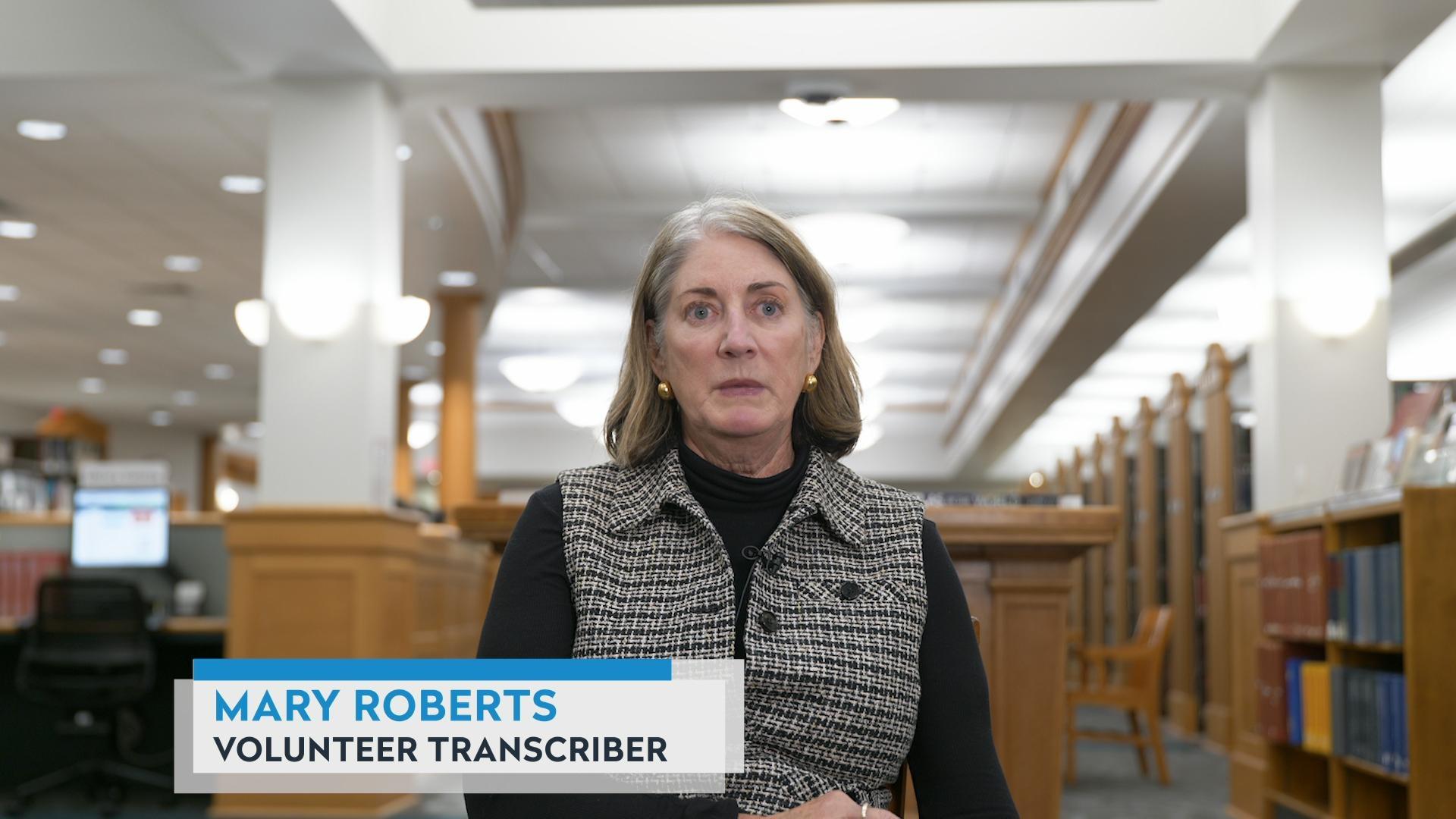

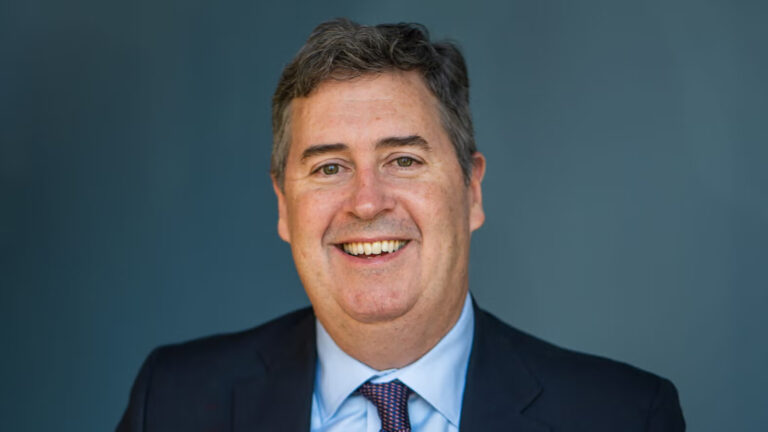
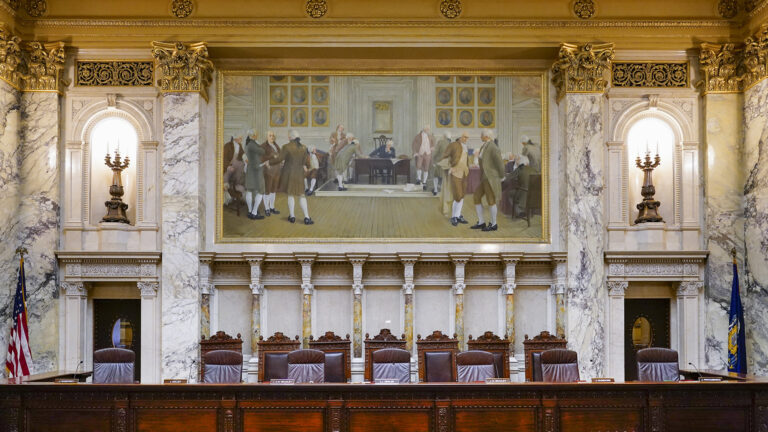
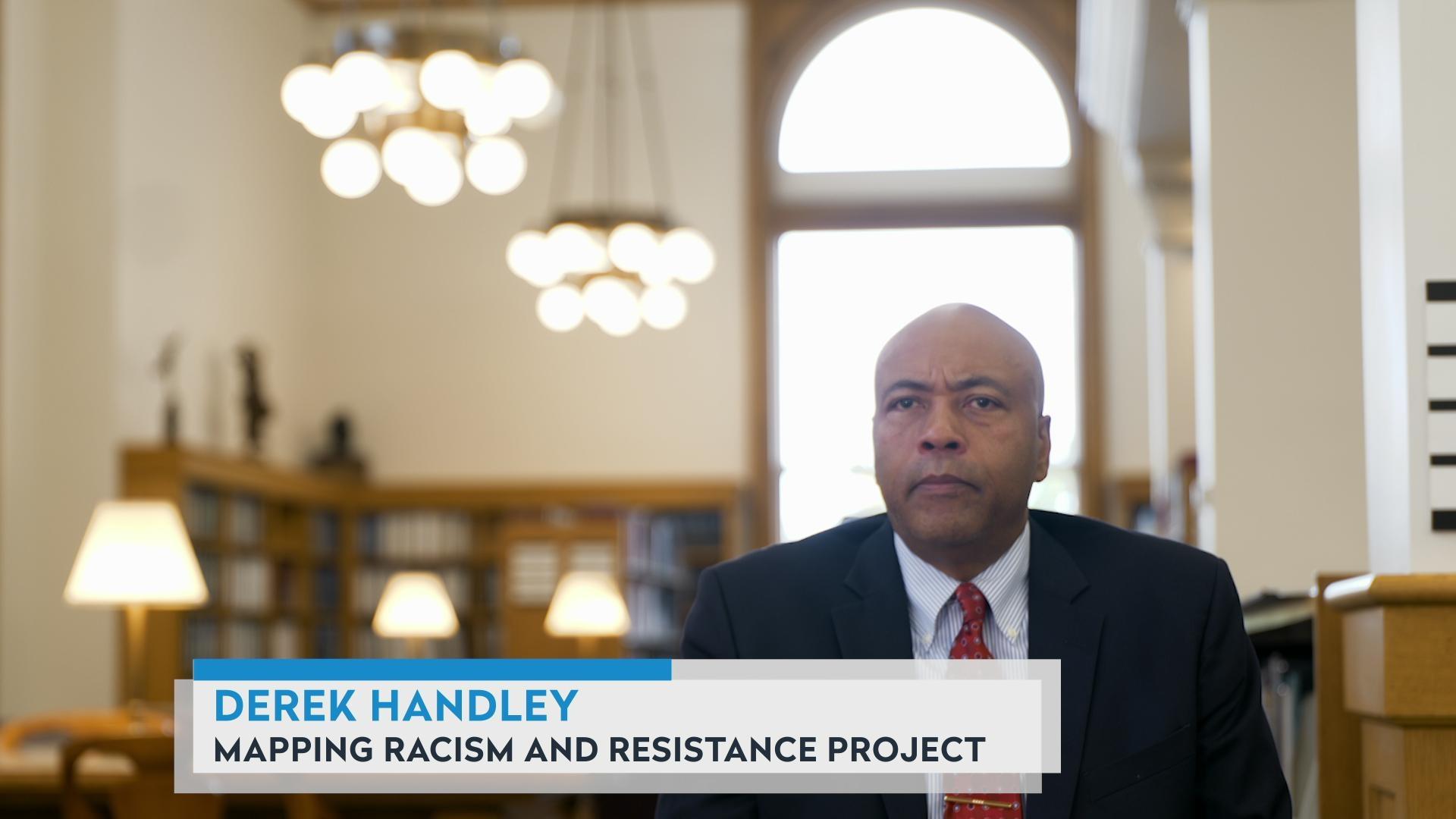
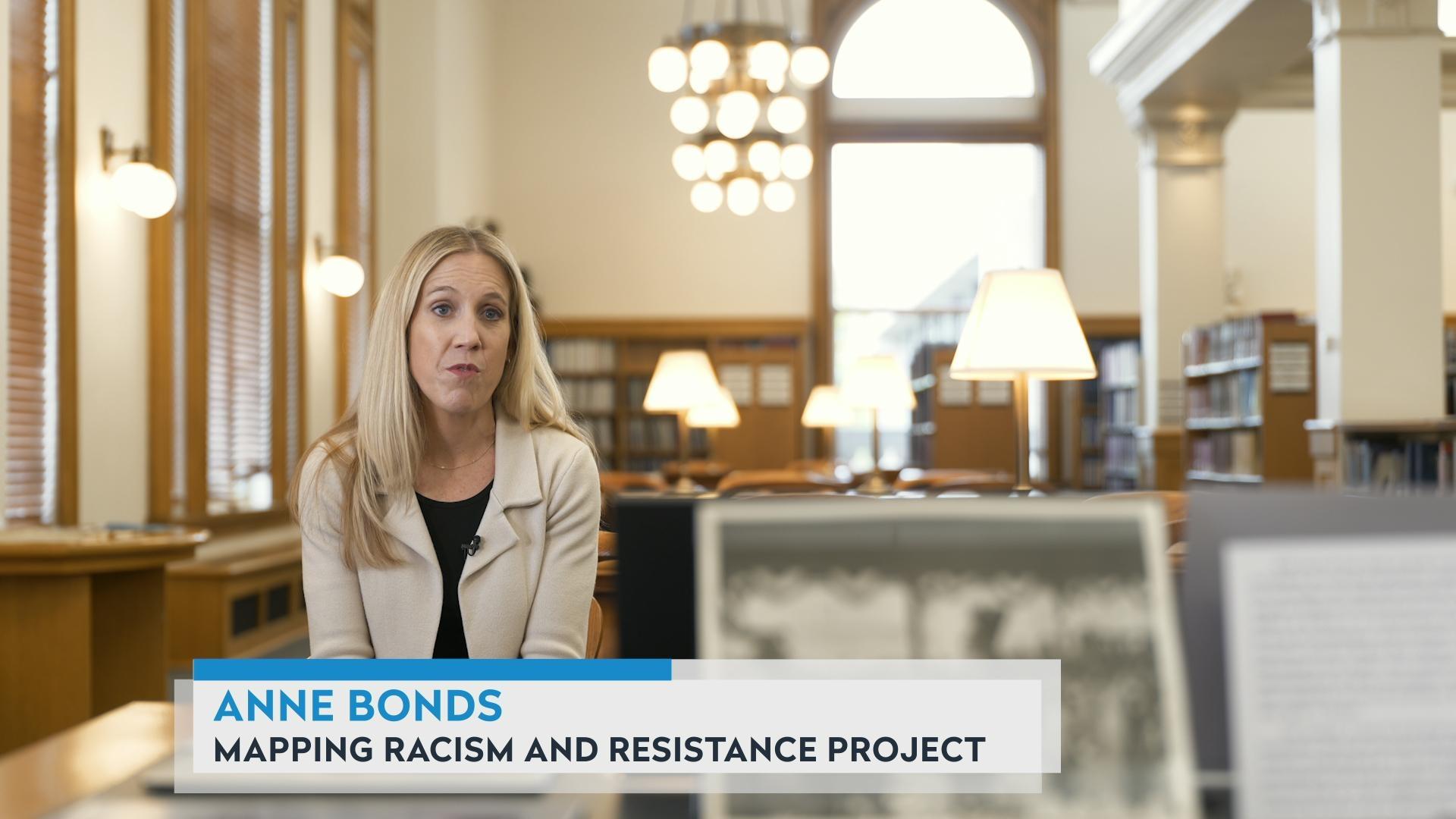
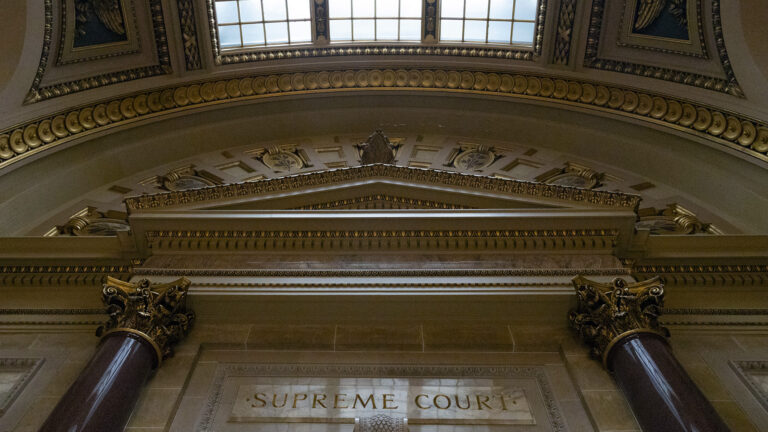
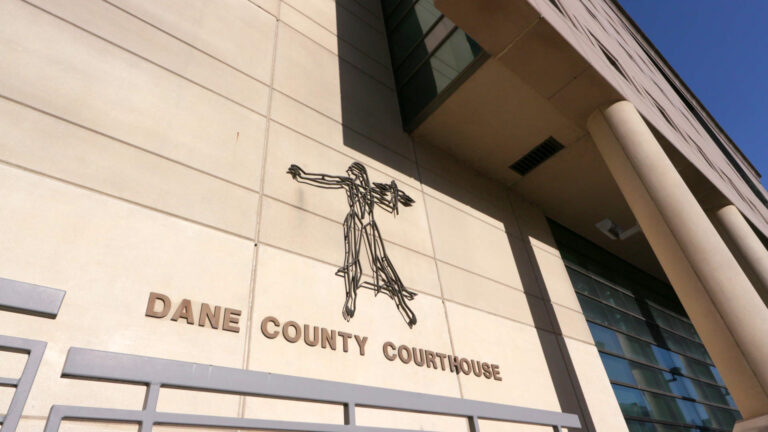

Follow Us